In today’s digital age, mobile apps have become a crucial tool for businesses to engage with their customers, streamline operations, and drive growth. However, the process of developing a mobile app can be costly, often deterring small businesses and startups from leveraging this powerful platform. At Skynex Global Solutions Ltd, we understand the importance of budget-friendly solutions in mobile app development. Drawing on our extensive experience, we’re here to share insights on how to achieve cost-effective mobile app development without compromising quality. Define Your MVP (Minimum Viable Product) The first step towards cost-effective app development is to define your MVP clearly. An MVP is the most basic version of your app, containing only the essential features that solve the core problem for your users. By focusing on an MVP, you can significantly reduce development costs and time, as well as gather valuable user feedback early on to guide further development. Choose the Right Development Approach There are several app development approaches, each with its cost implications: Native Development: Building separate apps for iOS and Android offers the best performance and user experience but is the most expensive option. Cross-Platform Development: Tools like Flutter and React Native allow you to write your app once and deploy it on both iOS and Android, reducing development time and costs. Hybrid Apps: These web apps are wrapped in a native container, offering a middle-ground solution that is less expensive than native development but may compromise on performance. For most businesses, cross-platform development strikes the best balance between cost, performance, and time to market. Utilize Open Source Libraries and Frameworks Open source libraries and frameworks can dramatically reduce development time and costs. These resources offer pre-built components and functionalities that can be easily integrated into your app, eliminating the need to build everything from scratch. However, ensure that the licenses of these open-source resources align with your app’s commercial goals. Prioritize Efficient Project Management Efficient project management is crucial for keeping development costs under control. Adopt an agile development methodology, which emphasizes iterative development, continuous feedback, and flexibility. This approach allows you to make adjustments early and avoid costly reworks later in the development process. Outsource Wisely Outsourcing can be a cost-effective way to access specialized skills and resources without the overhead costs of hiring a full-time development team. However, it’s essential to choose your outsourcing partner wisely. Look for companies with a proven track record, transparent pricing, and good communication practices to ensure that your project is delivered on time and within budget. Test Early and Often Incorporating testing into the early stages of development can save costs associated with fixing bugs and issues later on. Automated testing tools can help streamline this process, ensuring that your app is robust and stable while keeping additional costs at a minimum. Focus on User Experience (UX) Investing in a good UX design from the start can significantly reduce costs down the line. A well-designed app is more likely to meet user needs effectively, reducing the need for major revisions and updates after launch. Additionally, a strong UX can enhance user satisfaction and retention, driving long-term success. Be Smart About App Updates While regular updates are essential for keeping your app relevant and secure, each update also comes with costs. Plan your updates carefully, focusing on adding value and improving user experience. Group minor improvements into larger updates to minimize costs and disruptions. Monitor and Optimize Post-Launch After your app is launched, monitor its performance and user feedback closely. Use analytics tools to identify areas for optimization, focusing on adjustments that can improve performance and user experience without significant expenditures. This ongoing optimization is key to maintaining a cost-effective app over its lifecycle. Seek Feedback and Iterate User feedback is invaluable for identifying the most impactful areas for improvement. Encourage feedback through in-app mechanisms or social media channels. This direct line of communication allows you to prioritize development efforts on features and fixes that truly matter to your users, ensuring efficient use of your budget. Conclusion At Skynex Global Solutions Ltd, we believe that cost-effective mobile app development is not just about cutting corners or compromising on quality. It’s about making smart choices at each step of the development process, from concept to launch and beyond. By defining your MVP, choosing the right development approach, leveraging open-source resources, and focusing on efficient project management and user experience, you can build a successful mobile app that meets your budgetary constraints. Embracing a strategic approach to development can open up the transformative potential of mobile apps for businesses of all sizes. With careful planning and execution, it’s entirely possible to develop a high-quality mobile app that resonates with users and drives business success, all while adhering to a budget.
- contact@skynexglobal.com
- Mon - Sat: 09:00 – 17:00


